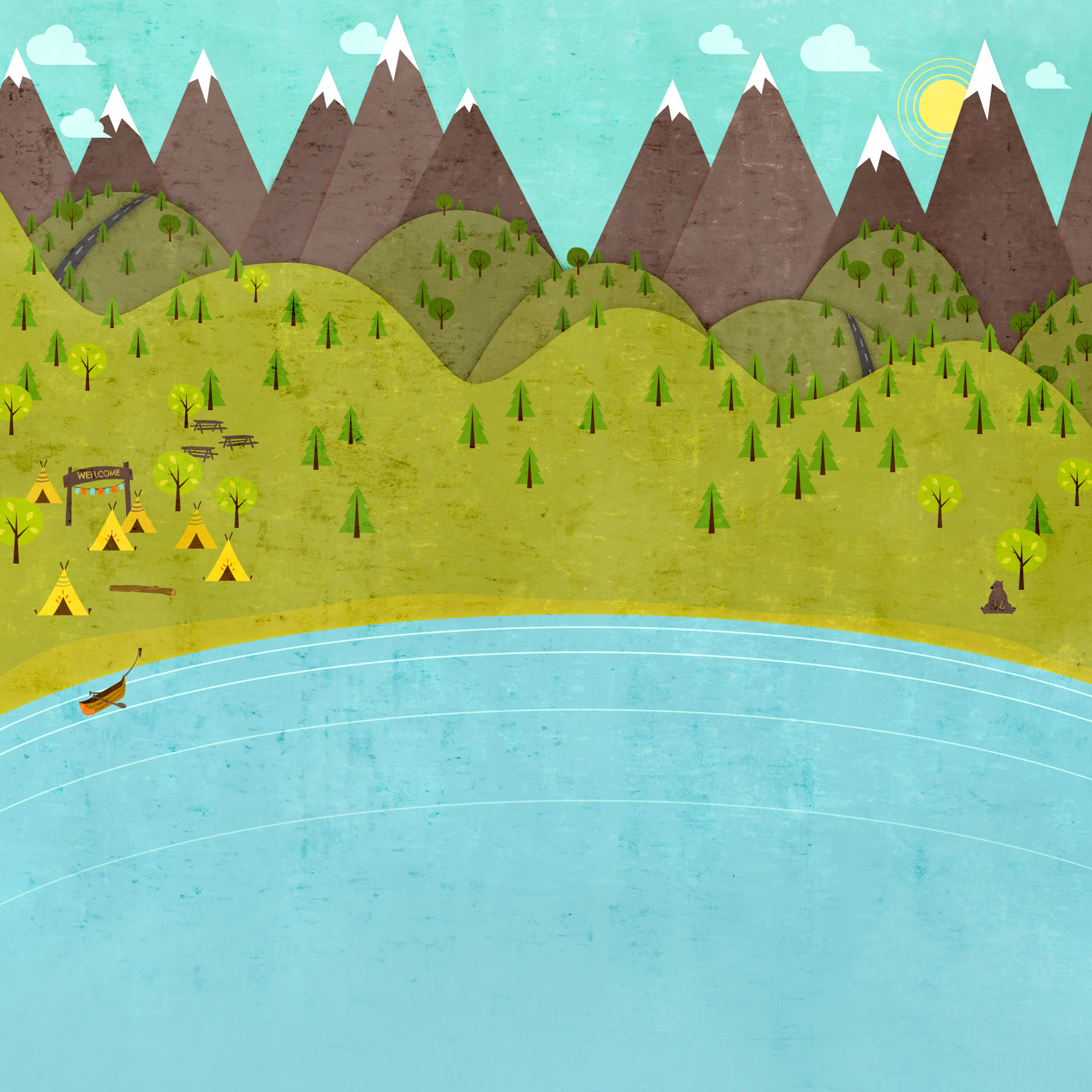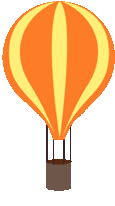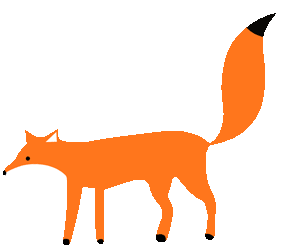
Arts Education

In week 1, the focus was to use animal characteristics to explore our bodies various movements and motions. By posing the question, "At the waterhole, what did I see?", the lesson engaged students to think of various actions, movements, and alliterations to create a scene. These various activities will be explored throughout this page, and analysed using various readings and resources, that are beleived to be important for future references.

Week 1;; Characterization Animals
Key Terms
ACTIONS
the process or state of
acting or of being active.
MOVEMENT
a particular manner or style of moving.
ALLITERATION
the commencement of two or more words of a word
group withthe same letter.
RHYTHM
movement or procedure
with uniform or patterned recurrence of a beat ,
accent, or the like.
INTERPRET
to bring out the meaning of
(a dramatic work, music,
etc.) byperformance or execution. **
















Students were then asked to come tougher as a class, and were given various pieces of fabric that they were able to use as costumes. The student created a line as a class, and put on the appropriate costume as they interpreted different animals as a class, eg. zebras and tigers. The students were then asked to stand in a circle as they learnt the kingfisher boogie. Davis speaks about making connections with students, this focusing on as working as a group, demonstrated in this part of the lesson. Davis (2003) states "teachers need to provide oppurtunies for them to become involved in imagined situations as a whole group and encourage them to take on and interact in role", this relates directly to the activity described above.
The class was then broken into small groups and the students were asked to create a sentence that involved an animal, an action and a descriptive word to describe the action. The sentence was also encouraged to be an alliteration. Students were then asked to grab a piece of fabric which was appropriate for their chosen animal and were guided to create a short scene demonstrating their sentence. The scene was then performed to the class and the group was given positive feedback and ideas of improvement. Student centred learning took place in this section of the class, as students were able to create and mainpulate their work as much as they would like. McCutchen (2006) states " that children, as recipients, are at the center of the learning process and all else exists for that purpose, including standards and assessments.", without children we would basically not be able to teach so why not make the lesson interesting and exclusive to them.

Activities
Students were seated at their tables and asked to close their eyes and try to analyse their place in the space. They were given prompt questions like, "what part of your body is touching the chair?, "what part of your body is touching the floor?, "what items are near you?". Students were then asked to pair up and look at how there partner was sitting, and what was touching the chair and floor. The students were asked to stand up, and the class created a rhythm. This begun by stamping their feet, and gradually adding a clap. Children were then placed in small circles where they were asked to keep the rhythm as well as saying their name. After sharing their name with the circle, the other students would repeat it back, and this would be continued around the circle.

AusVELS
"As students work towards the achievement of Foundation Level standards in the Arts, they make performing and visual arts works that express and communicate experiences, observations, ideas and feelings about themselves and their world. With guidance, they make arts works in traditional and contemporary (including digital) arts forms in response to stimuli drawn from sources such as play, problem solving, imagination, observation, incursions and excursions. Students’ natural tendency to discover possibilities and limitations is encouraged through exploring different ways of using performing and visual arts elements, principles and/or conventions, skills, techniques and processes, media, materials and technologies." (2012). As these activities are aimed for preps to grade 2, the AusVELs standards for foundation level in the arts is as above. The above activites that were taught in the lessons fit this standards exceptionally as students are taught movement such as stomping and clapping to create rhythm, and are faced with the issues of how to keep the groups rhythm continuing. Students were also given the problem of making an alliteration, and had to use movement to find a solution. These activities could be easily adapted to older year levels. The first activity described above could have been manipulated to make the children create a list of things that have to be touching the chair and the floor, and once this list has been created it then be fulfilled. This could still include partner work as they could then swap with their partner and try and fulfill their list. In the second activity explained above, instead of the teacher showing the action of the variety of animals, a student could be picked where they would chose the animal and the class would then adapt this, this could lead to an extensive list of animals and also inclusion of everyone in the classroom. And finally an adpation of the third activity is that children could be asked to create a list of adjectives, actions and animals, emphazing on their writing skills, and intertwining this with drama. The students could then act out multiple items of their lists, and have to create a transition between each animal.

